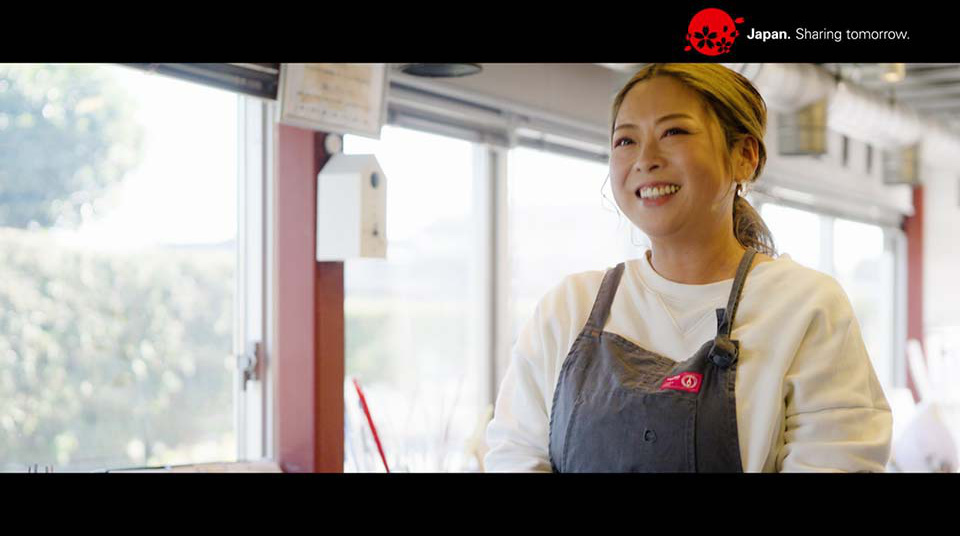Nearly 11 years have passed since the Great East Japan Earthquake. Fukushima Prefecture suffered severe damage in the disaster, but today it is well on its way to recovery, with exports of agricultural products surpassing pre-earthquake levels. The world has come to love the “delicious tastes of Fukushima.”
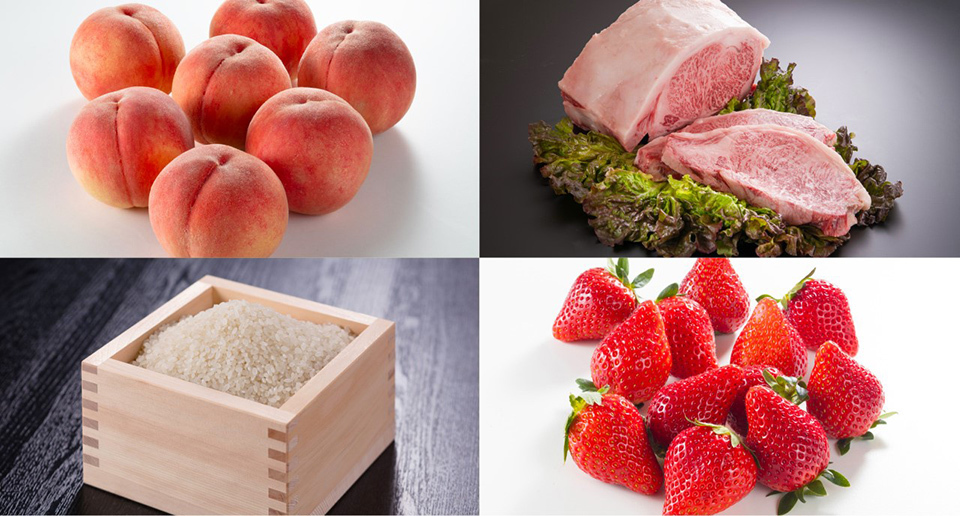
Bountifully blessed by nature, Fukushima Prefecture is famous not only for its rice, but also for such fruits as peaches and strawberries, as well as livestock farming. Last year, exports reached their highest level since official record-keeping began in 2005.
Fukushima has been doubly blessed by nature with an abundant water system and plenty of fertile soil. Diverse weather patterns and landscapes within the prefecture nurture a varied and robust farming industry. Wide temperature differences between day and night improve the flavor of its rice, and the summer heat in the basin-shaped valleys intensifies the sweetness of its peaches.

Fukushima has always been a cornucopia of food products, but an accident at the Fukushima Daiichi Nuclear Power Station following the Great East Japan Earthquake of 2011 led to a painful era, when demand waned for its vaunted agricultural and marine products. Shipping restrictions and reputational damage dampened the consumption of Fukushima’s food products, and many foreign countries imposed import restrictions that resulted in a decline of exports from the prefecture.
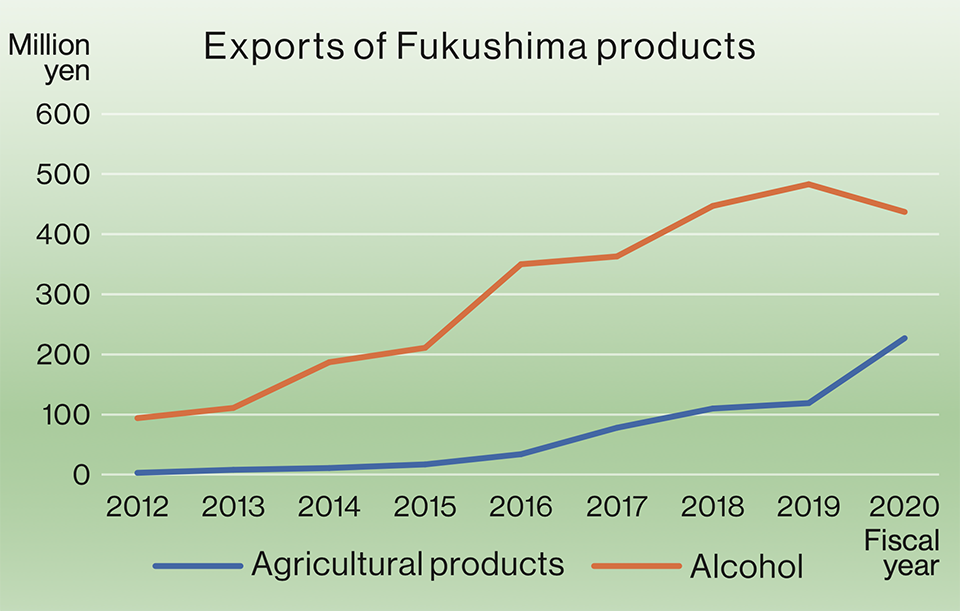
Exports of alcohol achieved their highest level in FY 2019 and those of agricultural products their highest level in FY 2020 *Exports of alcohol slightly decreased due to COVID-19 in FY 2020.
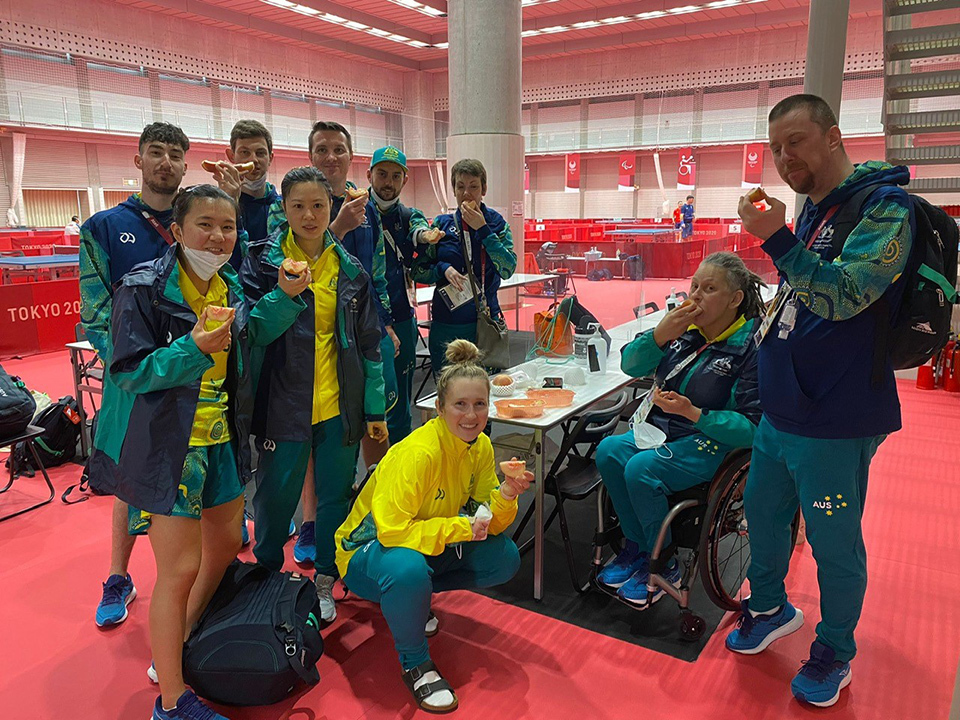
Tokyo 2020: Australia’s Paralympic team enjoys a taste of Fukushima peaches. Jan Adams, the Australia’s ambassador to Japan, says that good food is an excellent way for the two countries to strengthen their ties. AUSTRALIAN EMBASSY, TOKYO
At the Tokyo 2020 Games held last year, athletes, coaches, and other participants enjoyed the taste and succulence of Fukushima peaches. The prefecture presented the Dominican Republic baseball team with a large quantity of the fruit, which disappeared in no time at all. Ken Eriksen, head coach of the U.S. softball team, gave a nod to the peaches at a post-practice interview in Fukushima, confiding with a grin that he had devoured a half dozen at his hotel.
Not to be forgotten when speaking of Fukushima specialties is its sake. Daishichi Sake Brewery Co., Ltd. produces sake made by the orthodox kimoto method, a painstaking process that requires the fermenting yeast mash to be prepared entirely by hand. Daishichi has been actively exporting its brew—which is highly regarded abroad for its mellow flavor—since the late 1990s. “Although Japanese sake has the same high qualities of depth and umami as full-bodied Western wines, for a long time it was almost unknown to the rest of the world,” says OHTA Hideharu, the 10th generation owner of Daishichi.
The company undertook to open up foreign markets in collaboration with other breweries, initially by enforcing strict quality-control measures such as refrigerated transportation, to ensure that the sake reached foreign markets in optimal condition. They also promoted their products at restaurants and liquor shops to advertise the charms of Japanese sake. These efforts gradually bore fruit and led to an increase in exports. Daishichi was eventually asked to provide sake for a banquet hosted by the Dutch royal family. “Not too long after the earthquake, we were invited once again to take part in a banquet and serve sake to the guests. It heartened us that we could showcase the quality, safety, and reputation of a product from Fukushima,” Ohta recalls.
“It’s impossible to summarize the appeal of Fukushima products in a single word or phrase. The variety of the landscape produces so many delicious foods—fruit, vegetables, seafood, soba noodles. . . . All we can do is take their flavors to an even higher level and share them with the rest of the world.”
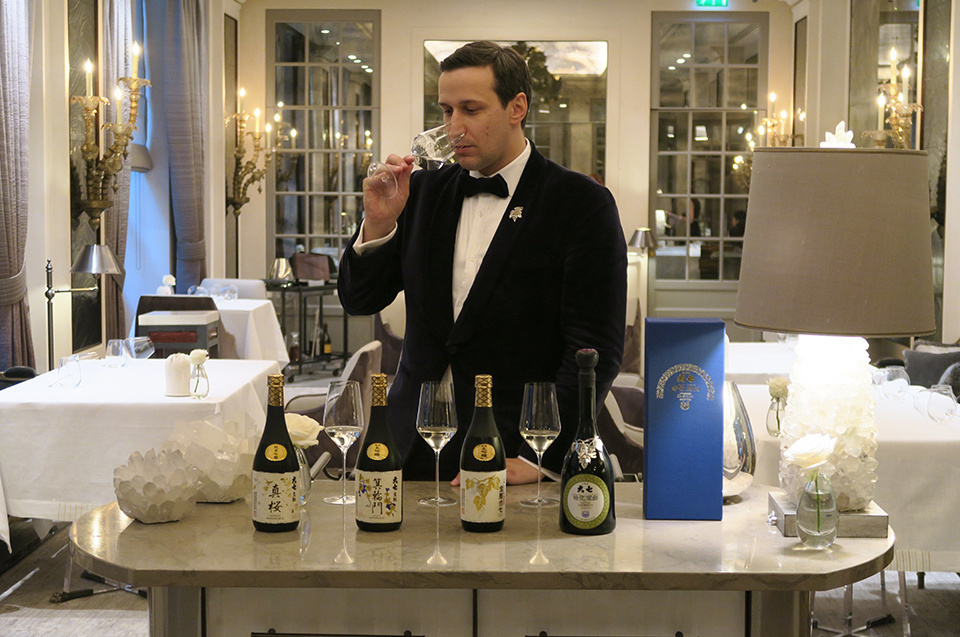
Xavier Thuizat, head sommelier at Hôtel de Crillon, a famed five-star hotel in Paris, compared Daishichi sake to the best of Burgundy wines, calling it the Romanée-Conti of Japanese sake.
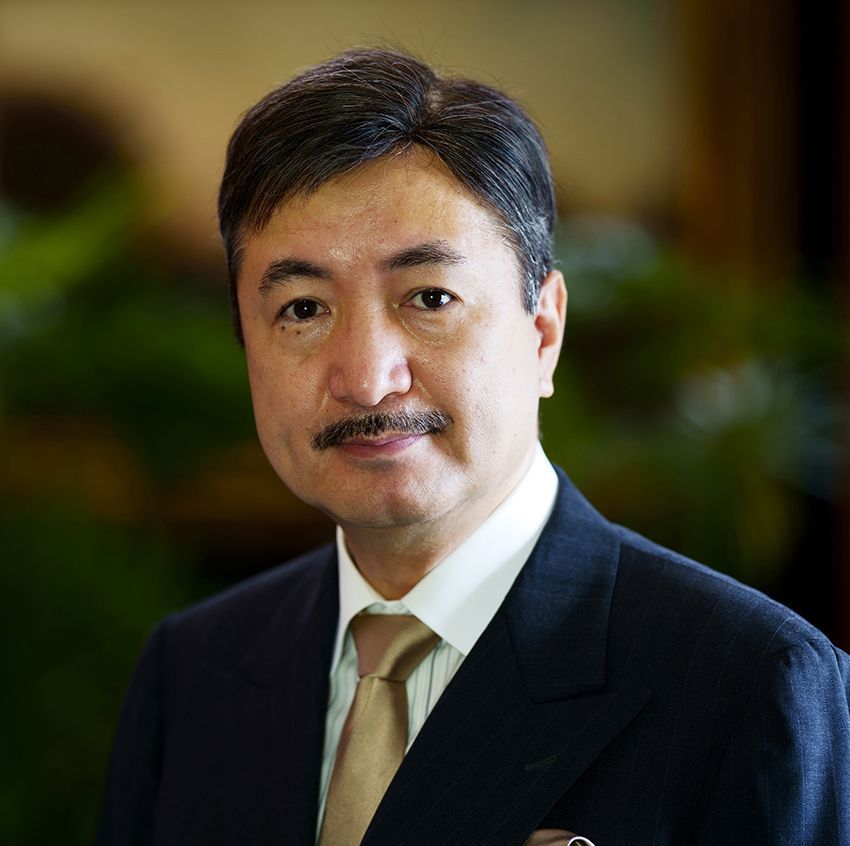
“The yeast mash essential for the fermentation of kimoto sake is prepared entirely by hand, and that is the secret of its depth of flavor,” says OHTA Hideharu, the representative of Daishichi Sake Brewery.



























